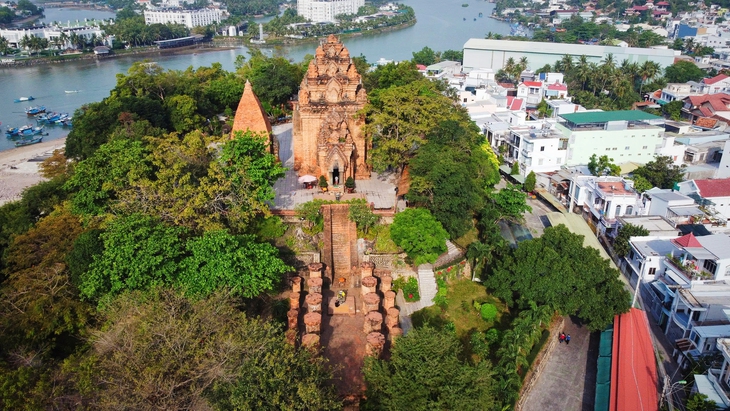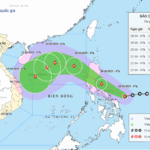Khanh Hoa Province receives certificate recognizing Po Nagar Tower Nha Trang as a special national relic.
On the evening of July 10, the People’s Committee of Khanh Hoa Province held a ceremony to announce and receive the certificate recognizing Po Nagar Tower as a special national relic and the knowledge of agarwood exploitation and processing as a national intangible cultural heritage.
This is an opportunity to honor two long-standing cultural heritages closely tied to the lives of local residents and a source of pride for the province, promoting cultural richness to both domestic and international friends.
Po Nagar Tower holds exceptional architectural, artistic, cultural, and historical value.
“The Po Nagar Tower relic embodies significant cultural and traditional spiritual values of the Vietnamese and Cham communities, preserving 14 royal decrees and 28 inscribed steles along with many other precious artifacts.
It has become a center of worship for the Holy Mother Thien Y Ana, revered as the Mother of the Land in the South-Central region, where people pray for national prosperity, peace, favorable weather, and happiness,” the representative stated.
Previously, the Prime Minister issued a decision classifying five national-level relics as special national relics.

Among them, the architectural and artistic relic of Po Nagar Tower in Khanh Hoa was officially recognized as a special national relic.
Po Nagar Tower is currently located in Bac Nha Trang Ward and was first classified as a national relic in 1979.
The Po Nagar Tower relic was built by the Cham people between the 8th and 13th centuries on Cu Lao Hill to worship the Goddess Po Nagar, the Mother of the Cham land, hence its common name, Po Nagar Tower.
Today, Po Nagar Tower is a famous tourist attraction for visitors to Nha Trang.
Alongside Po Nagar Tower, the knowledge of agarwood exploitation and processing in Khanh Hoa was also officially recognized as a national intangible cultural heritage.
According to the Khanh Hoa People’s Committee, the province has many craft villages, cooperatives, and households engaged in agarwood exploitation and processing, producing distinctive handmade products such as agarwood incense, bracelets, and essential oils.
Over time, the tradition of agarwood exploitation and processing in Khanh Hoa has been preserved, passed down, and developed, creating the renowned Khanh Hoa agarwood brand.






